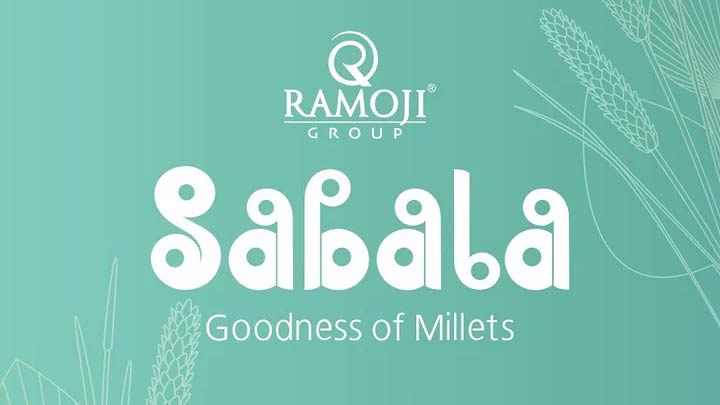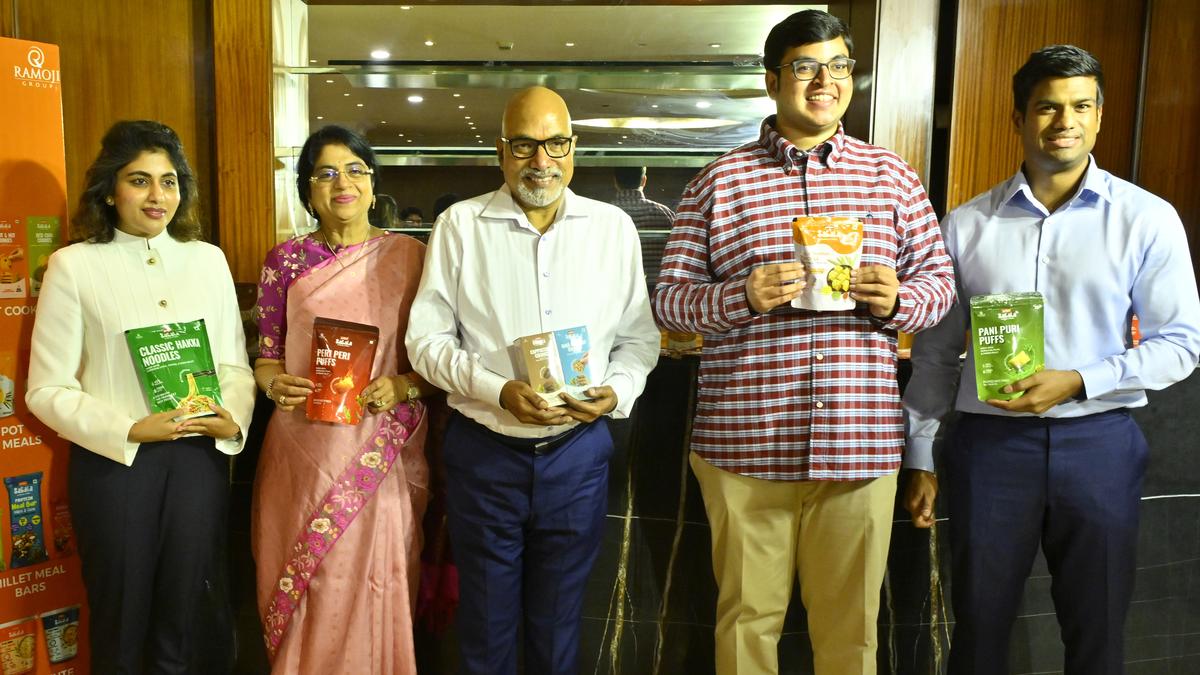Millets are a group of small-seeded grains that contain adequate amounts of fibre, which is beneficial for diabetics to control their blood sugar levels. There’s a myth that diabetic individuals cannot consume carbohydrates like millet. While diabetics must indeed check their carb intake to regulate or manage their blood sugar levels, it’s highly recommended to eat a high-fibre diet.
Whole-grain carbohydrates are rich in fibre, vitamins, and minerals, which help alleviate the symptoms of diabetes. Besides, fibre is a vital nutrient for toddlers, who often suffer from digestive problems. Millets are common ingredients in multiple Indian and African cuisines and are a staple diet in many nations worldwide. The most popular types of millets include pearl, foxtail, little, jowar, finger, and Kodo.
The Nutritional Value of Millets
Millets are the nutritional bank providing a rich source of fibre, protein, and essential vitamins and minerals. According to FoodData Central, a cup of millet contains approximately:
-
2.26 grammes (g) of fibre
-
6.11 g of protein
-
108 milligrammes (mg) of potassium
-
76.6 mg of magnesium
These ingredients are suitable for diabetes management, though anybody can enjoy the health benefits of millet food. A brief overview of the ingredients and their benefits is provided here.
-
Proteins: The proteins found in millets include essential amino acids. These amino acids control glucose metabolism, insulin secretion, and the total metabolic rate.
-
Fibre: The high fibre content of millets promotes a feeling of fullness and satisfaction, which can help reduce snack cravings and support digestion. Fibre assists in slowing digestion, which facilitates a gradual entry of sugar into the bloodstream and diminishes the likelihood of abrupt spikes in blood sugar levels.
-
Carbohydrates: Whole grain starches such as millet offer carbohydrates in suitable amounts, enabling the body to gain energy from glucose.
-
Vitamins and Minerals: Millets are abundant in vital vitamins like niacin and thiamine, along with minerals such as magnesium, phosphorus, and copper. Thiamine (vitamin B1) helps manage diabetes and lessen its symptoms and complications. Niacin (vitamin B3) may support cardiovascular health and reduce the risk of coronary artery disease. On the other hand, magnesium controls blood sugar and lowers insulin resistance, and iron is reported to reduce blood glucose levels.
Why are Millets Beneficial for Diabetics?
The most important reasons people with diabetes should switch to millet foods include the following.
-
Low Glycaemic Index (GI): Unlike other grains such as white bread or rice, millets help prevent quick spikes in blood sugar levels. Their low GI contributes to a steady and even impact on blood sugar levels while also supporting the upkeep of a healthy body weight.
-
High Fibre Content: fibre is the best health companion for a person with diabetes. It slows down the absorption of carbs and maintains a healthy digestive system. Since fibre is known for gradually releasing glucose into the bloodstream, it controls blood sugar spikes, especially after meals.
-
Gluten-free: Millets are gluten-free, so they are a safer choice for people with celiac disease or gluten sensitivities, which is a common issue amongst diabetics. If you take care of the portion sizes of your millet food intake, it will bring blood sugar levels under control.
-
Nutrient-rich: Millets are packed with vitamins, minerals, fibre, and antioxidants, each of which performs different functions and improves your quality of life.
5 Types of Millets that Help Manage Blood Sugar
The top five most beneficial millets for diabetes include:
-
Foxtail millet: With moderate consumption of foxtail millet, you can experience reduced cholesterol and blood sugar levels.
-
Pearl millet: Also known as bajra, pearl millets help improve insulin sensitivity while reducing triglyceride levels.
-
Jowar: Jowar is a diabetes-friendly millet rich in fibre and with a low GI score, which prevents blood sugar spikes.
-
Barnyard millet: This low-carb and gluten-free millet prevents or minimises gluten allergies, type 2 diabetes, and cardiovascular diseases.
-
Finger millet: Finger millets, also called vajra, are essential for improving insulin sensitivity. They also help reduce triglyceride levels and release glucose slowly into the bloodstream, allowing diabetics to maintain consistent and healthy blood sugar levels.
The Types of Diabetes-Friendly Foods to Eat
We, at Sabala, offer a range of healthy foods made of millets and ragi. Some of our recommendations include:
-
Millet Cookies: Sabala offers a variety of millet biscuits, each made of wholesome ingredients such as jaggery. Thus, you can enjoy a guilt-free snacking experience.
-
Millet Noodles: Sabala’s millet noodles come in a ready-to-cook format with varying amounts of masala flavours, spices, etc. This makes millet-based noodles a wholesome snack for individuals of all ages, especially children, who prefer tasty bites over nutritious snacks.
-
Millet Protein Bars: Protein bars are a boon for people following a ketogenic diet. They offer the perfect balance of the softness of the fudge from the inside while significantly boosting energy levels.
-
Millet Tiffin Mixes: On-the-go food items and ready-to-cook snacks are increasingly popular. Sabala’s ready-to-cook dosa, idli, dhokla, upma, and other mixes are a quick and smart eating option. If you like a savoury and flavourful snack, opt for our dhokla or upma mix.
Sabala’s diabetes-friendly and keto-friendly diet chart will help you make brighter and healthier food choices to improve your blood sugar levels and overall health. Our nutrition-rich snacking items are crucial in maintaining a well-balanced diet and dietary nutrition. Consider the numerous health benefits of millet food and make positive changes in your diet today!





